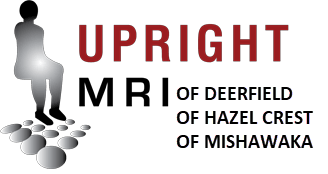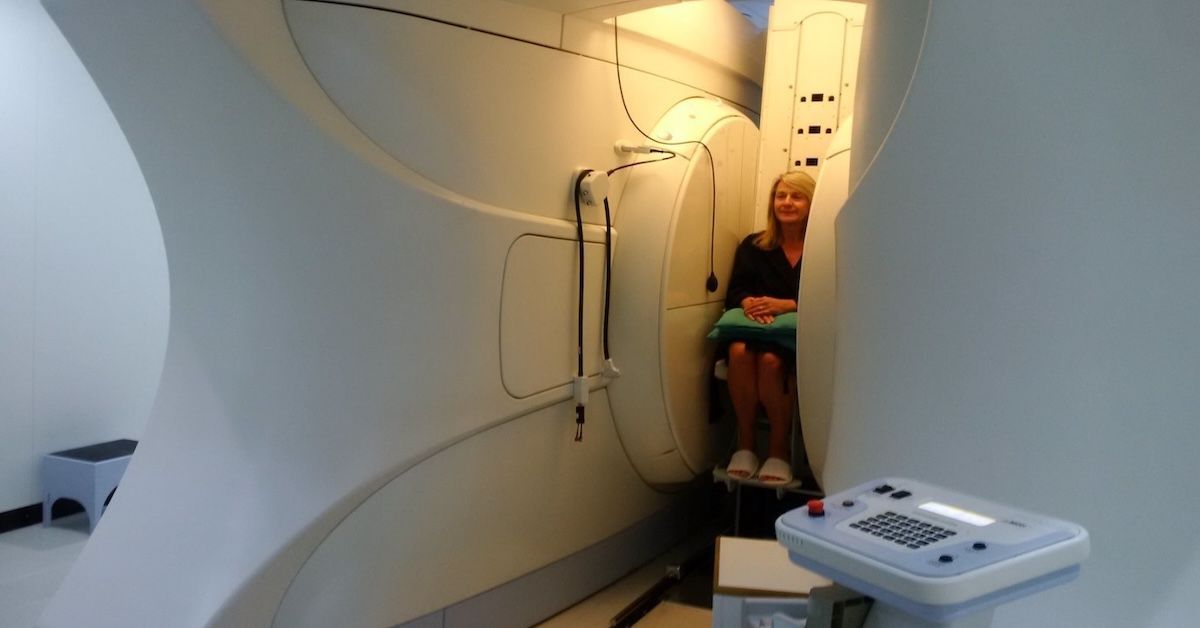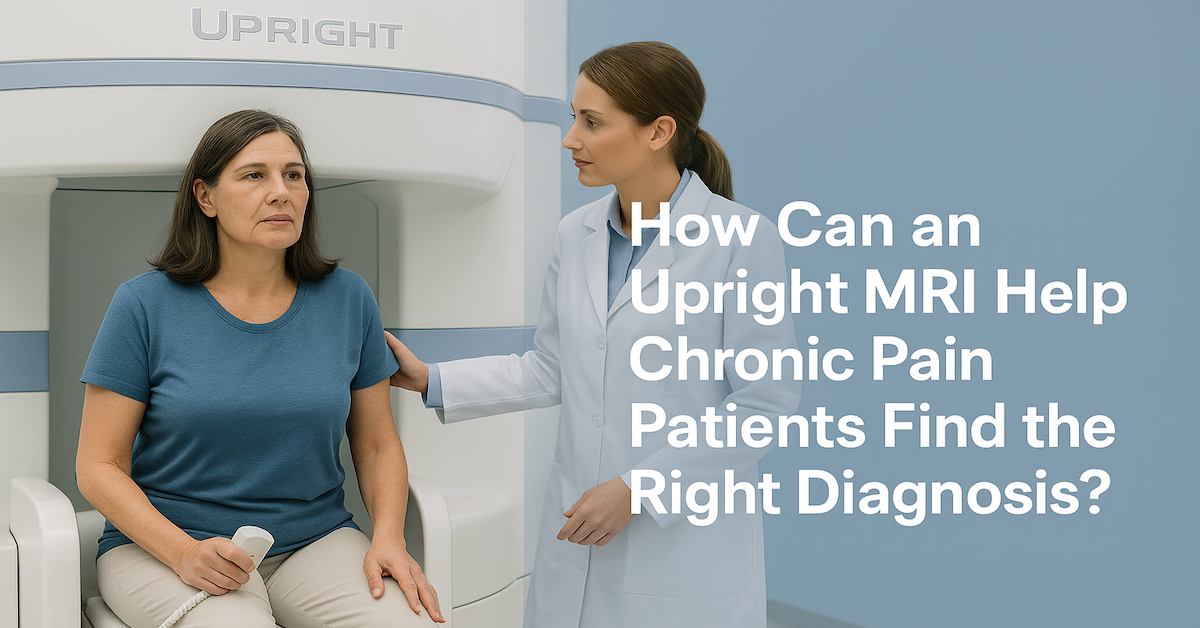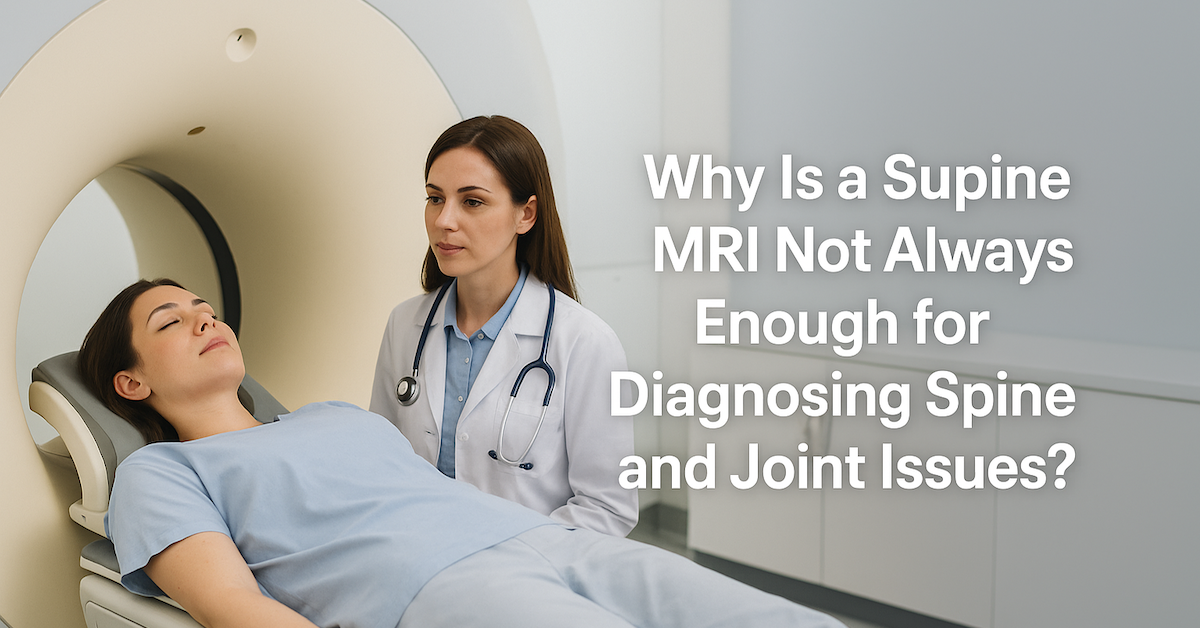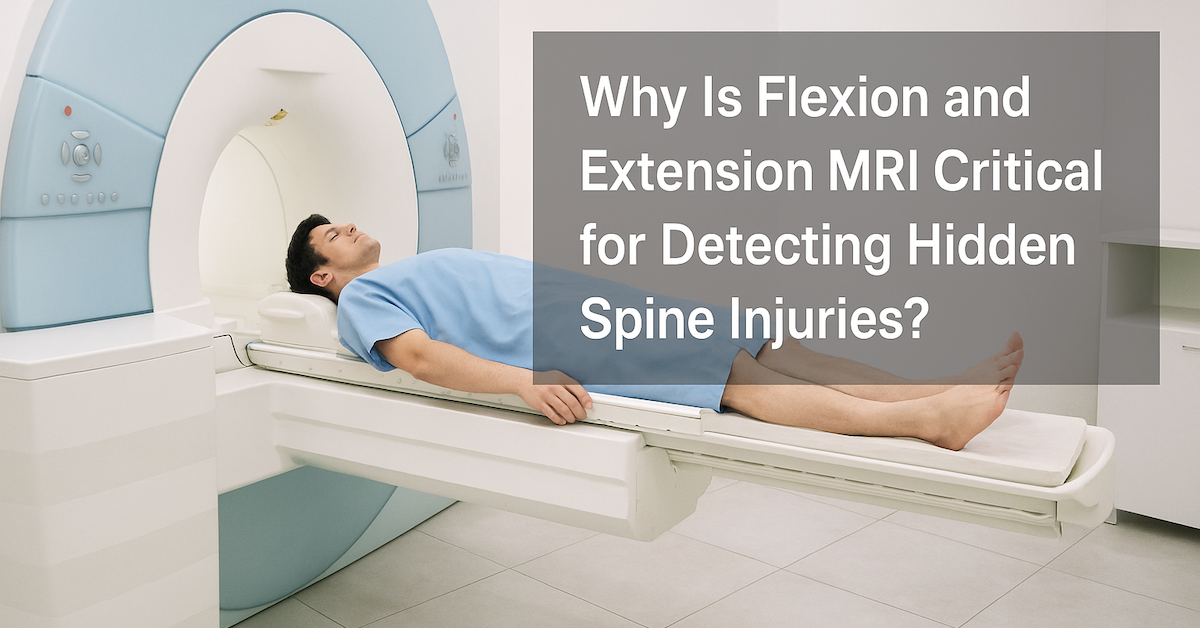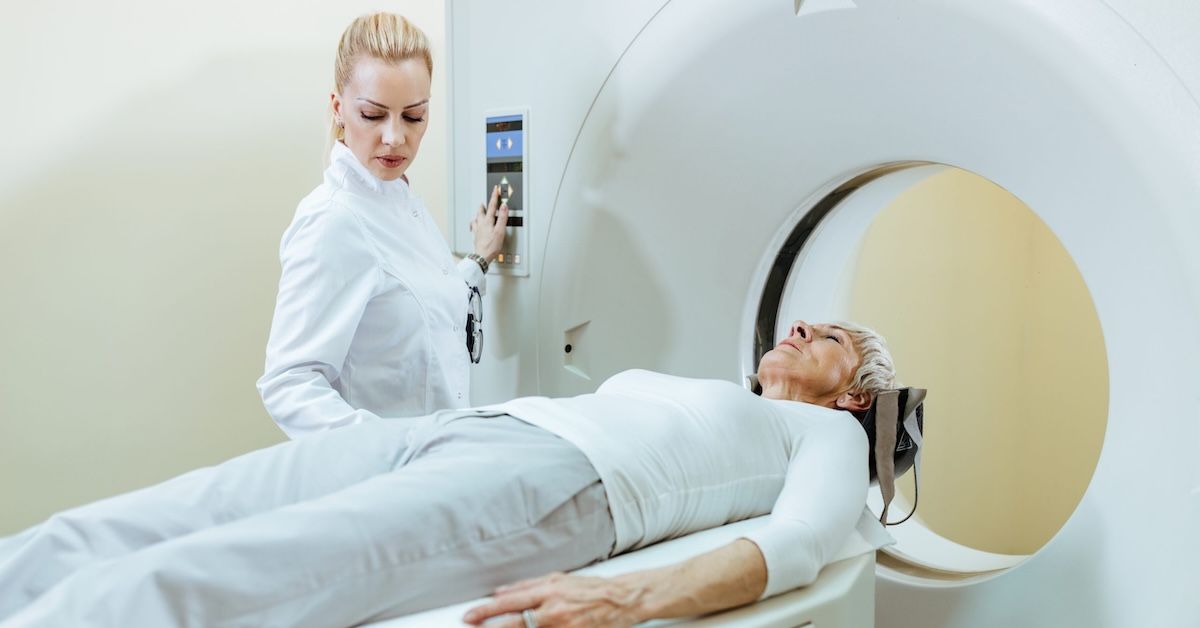Upright MRI Role in Detecting Tumors

What is a tumor?
A tumor is any swelling in a part of the body as a result from inflammation or a mass of tissue that builds up.
There are different types (benign and malignant) that vary on how serious they are. Benign means it is non-cancerous. Malignant means it is cancerous.
Cancerous versus benign meaning
Benign tumors have the ability to grow large, but can’t spread to other parts of the body. Malignant, or cancerous tumors, can invade nearby tissues and spread to other parts of the body through the blood and lymph systems. It’s imperative that when you are diagnosed with a malignant tumor you take action immediately to treat it.
What do MRIs check for?
Magnetic resonance imaging (MRI) uses radio waves and a powerful magnet to produce detailed images of areas inside your body. This scan can create images that allows the physician to see the following:
- If the tumor is cancerous vs. benign: The MRI is excellent at pinpointing some cancers, and can sometimes tell if a tumor is cancerous or not.
- The size: An MRI also allows physicians to measure the tumor, and see if it has spread.
- Where in the body it is: Even if the tumor is not obvious and deep inside the body, the MRI can spot its location.
- What a comprehensive treatment plan could be: Once the patient is diagnosed with a tumor, the detailed images that the MRI produces allows them to navigate the next best steps in treatment.
- Track the effectiveness of the treatment: As the patient is treated, physicians can track their progress over time with continuous MR imaging.
While the traditional MRI is particularly great at identifying tumors in the brain, spinal cord, and pelvic organs, the Upright MRI specifically can easily identifiable in all parts of the body due to its ability to place patients in multiple different positions.

The Upright MRI advantage
The Upright MRI of Deerfield uses the FONAR Upright® Multi-Position™ MRI, which is the considered the most patient-friendly MRI in the world. While patients appreciate it for its true openness and non-claustrophobic feeling that you can’t find with traditional MRIs, it also allows physicians to position their patients in any position: Sitting, standing, laying down, or bending.
Because of these qualities, this MRI can image in greater detail, giving physicians a more accurate view of what’s happening inside the body so they can create the best treatment plan possible.
To learn more about Upright MRI of Deerfield,
visit our website.

SHARE THIS POST:
Leave a Comment:
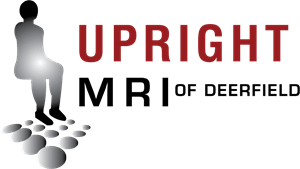
The World's Most Patient-Friendly MRI. A comfortable, stress-free, and completely reliable MRI scan. We offer patients an open, upright, standup MRI experience that helps those who are claustrophobic and stress being in a confined area. Upright MRI of Deerfield is recognized as the world leader in open MRI innovation,
Our Recent Post
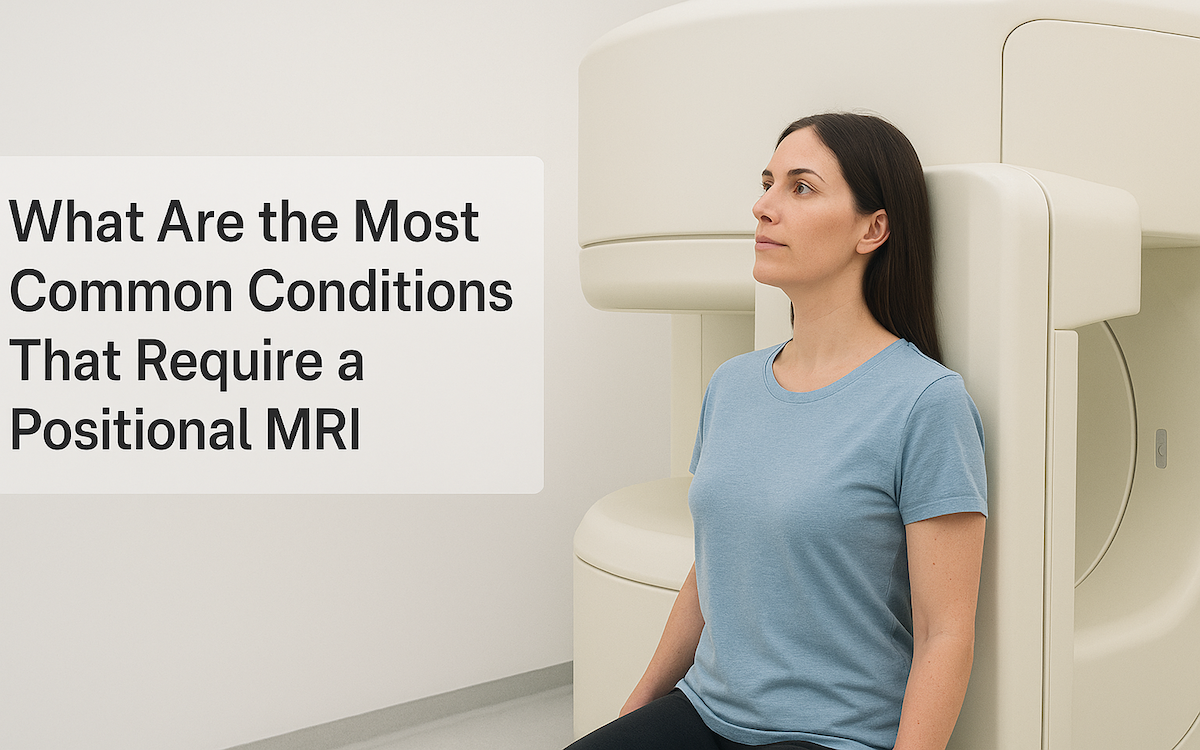


READ PATIENT TESTIMONIALS
Upright MRI of Deerfield.
Susan D.,
Highland Park, 39
I am going to tell everyone about your office! This was a great experience after I panicked in other MRI machines and had to leave. Thank you so much.

Judith B.,
Milwaukee, 61
I suffer from vertigo and other MRIs do not work. This was wonderful…absolutely NO discomfort at all. The MRI was so fast…I wanted to stay and watch the movie! Mumtaz was great. His humor really put me at ease. I’ve already recommended Upright MRI to friends.

Delores P.,
Glencoe, 55
Everything is so nice and professional with your place. I have been there a couple of times. My husband and I would not go anywhere else.

